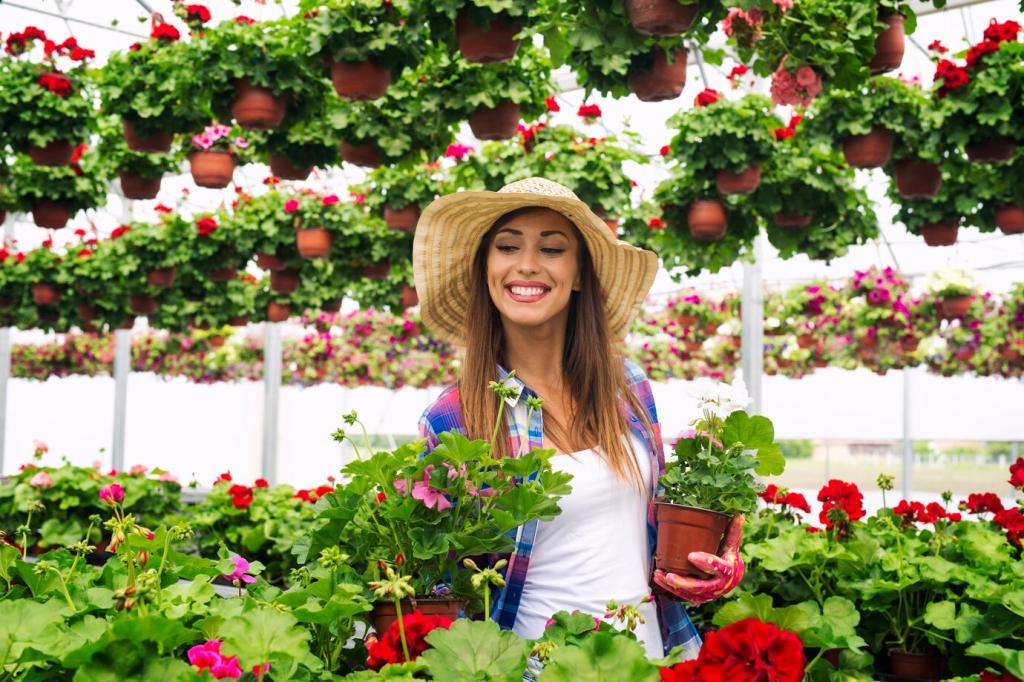
Vertical Gardening Solutions
Vertical gardening provides an innovative way to maximize green spaces, especially in urban environments where space is a premium. This approach allows gardens to flourish upwards on walls, balconies, or fences, offering practical and aesthetic advantages. Whether you have a small apartment, a rooftop terrace, or wish to transform an office building’s facade, vertical gardening solutions can revolutionize how you engage with your plants. From do-it-yourself designs to advanced modular systems, the world of vertical gardening caters to beginners and experts alike, promoting sustainability, beauty, and well-being.
The Benefits of Growing Upwards
Vertical gardening provides a wealth of benefits for urban and rural gardeners alike. By cultivating plants vertically, you can maximize your gardening area and achieve higher yields in restricted spaces. Living walls contribute to improved air quality by filtering pollutants and increasing oxygen, making your environment healthier. These gardens also conserve water more efficiently, as many vertical setups allow for drip irrigation systems that minimize waste. Beyond their functional aspects, vertical gardens create calming, beautiful features that enhance both indoor and outdoor spaces, bringing nature into even the smallest nooks of our increasingly urban lifestyles.
Common Vertical Gardening Methods
Several methods exist for implementing a vertical garden, each with its own unique aesthetic and practical advantages. Pocket planters made of fabric or felt create a patterned tapestry on walls, perfect for herbs or succulents. Modular panel systems, often featuring interchangeable pots or trays, can be customized to fit any wall size and plant variety. Trellises and lattices are well-suited for climbing vines and offer flexible arrangements for decorative or edible plants. These methods not only promote efficient use of space but also introduce unique textures and layers to living environments, making vertical gardening adaptable to virtually any context.
Space Efficiency in Urban Living
As cities become denser, the importance of space-efficient gardening solutions cannot be overstated. Vertical gardening transforms underutilized vertical surfaces into productive growing areas, allowing city dwellers to cultivate food, flowers, and greenery in apartments, balconies, and rooftops. This productively utilizes spaces that would otherwise remain barren, such as building exteriors or interior walls, and encourages a greener urban footprint. The integration of flora into every possible crevice nurtures a stronger connection to nature, even amidst concrete jungles. With thoughtful planning, vertical gardens can introduce lush, vibrant energy into the heart of metropolitan life.
Designing Your Vertical Garden
Choosing the Right Structure
The first and most crucial step is selecting a structure that fits both your space and your gardening goals. Structures can range from simple hanging pockets to more elaborate trellis systems and self-watering panels. The right structure should be sturdy enough to support mature plant weight and suited to the location’s exposure to sunlight, wind, and rain. Accessibility for routine care, such as watering and pruning, is another important consideration. A thoughtful choice at this stage sets the foundation for a low-maintenance and flourishing vertical garden, ensuring it remains both visually striking and practically sustainable over time.
Selecting Suitable Plants
Plant selection is pivotal for the success of a vertical garden. Assess the conditions your space provides: does it receive direct sun, partial shade, or is it fully indoors under artificial light? Choose species that will thrive in these microclimates, such as succulents for dry, sunny spots, or ferns and mosses for shadier, moisture-rich settings. Edible options like herbs, strawberries, and salad greens are excellent choices for culinary gardens, while flowering species add bursts of color and attract pollinators. Achieving the right mix of form, function, and resilience will lead to a lush, enduring vertical garden tailored to your unique space.
Integrating Style and Functionality
Your vertical garden should reflect your personal aesthetic as much as your practical requirements. Color coordination, arrangement patterns, and the inclusion of trailing, upright, or cascading plants all play a role in the final appearance. Blending ornamental plants with edibles can produce a tapestry that’s gorgeous and useful. Consider how the structure complements your architecture and living space—modern frames with geometric designs may suit contemporary settings, while rustic wooden pallets evoke a cozy, homespun appeal. Marrying flair with function not only enhances your enjoyment but also extends the life and vitality of your vertical oasis.
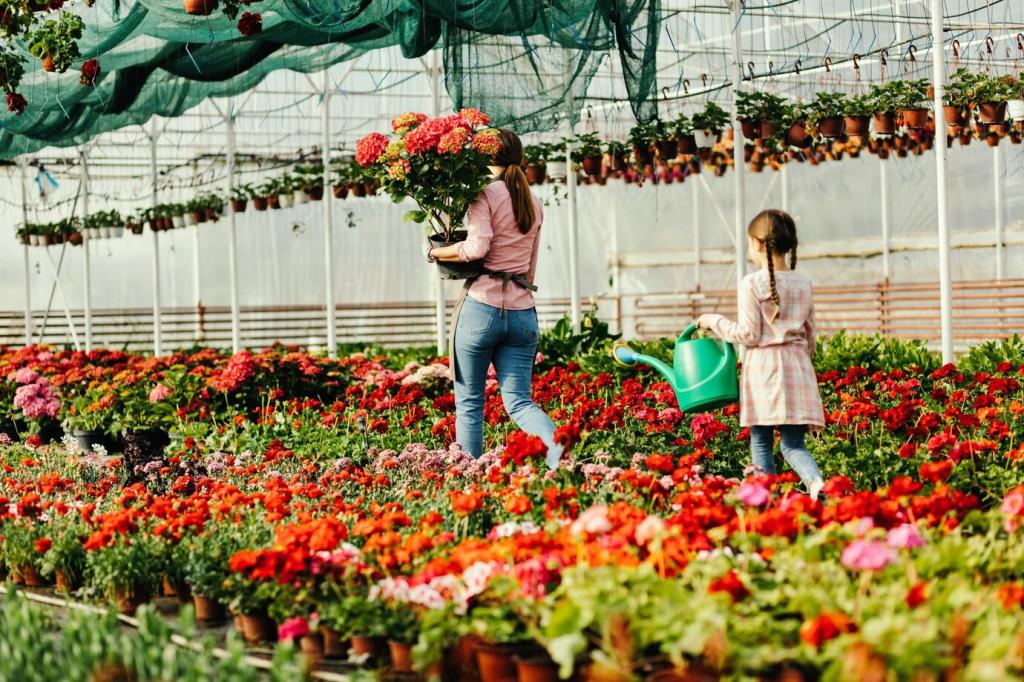
Sustainable Material Choices
Sustainability is a core principle in modern gardening practices, and vertical gardens can be established using an array of eco-friendly materials. Reclaimed wood, recycled plastics, and upcycled pallets are popular choices that keep waste out of landfills while providing strong support for plants. Felt pockets made from recycled fibers are lightweight and promote good drainage, ideal for both temporary and permanent installations. When selecting materials, it’s important to ensure they are non-toxic and suitable for direct contact with plants. Opting for sustainable materials not only nurtures your green space but also lessens your environmental footprint, making your garden an eco-conscious haven.
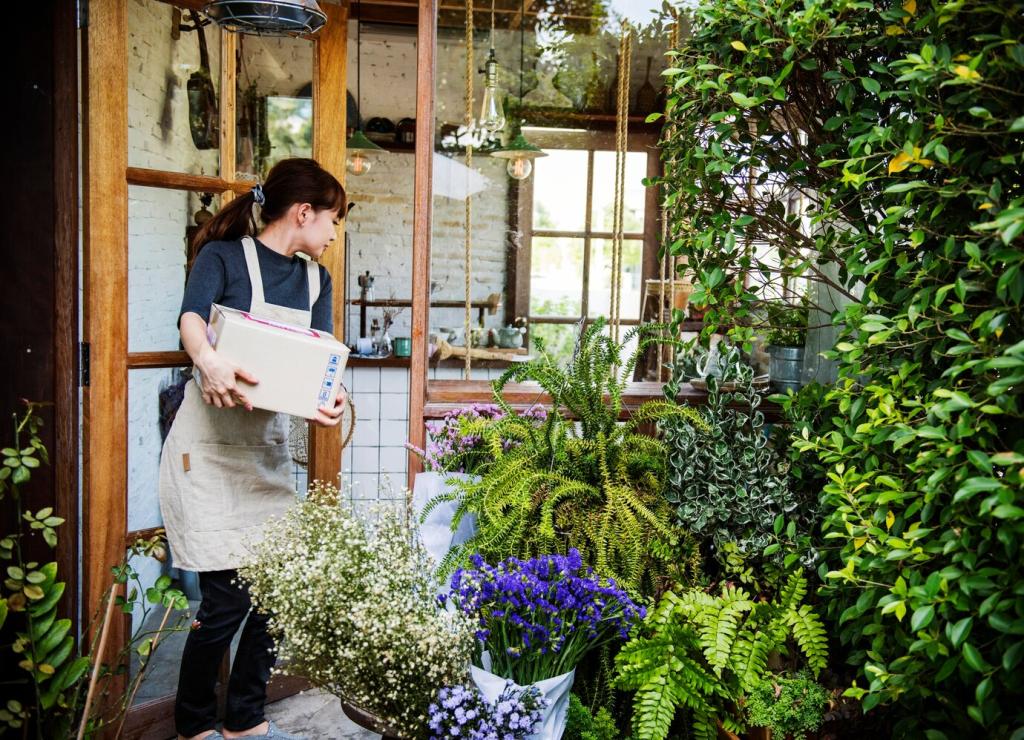
Essential Tools for Installation
The right set of tools can make all the difference when establishing and maintaining a vertical garden. Basic hand tools such as trowels, pruners, and sprayers are indispensable for routine care, while a sturdy drill, level, and fasteners are required for mounting planting systems to walls. Depending on your framework, you may also need irrigation components like drip pipes or misters to ensure plants receive consistent moisture. Investing in quality tools simplifies setup and maintenance, letting you spend more time enjoying your creation and less worrying about upkeep. Proper tool selection can turn any vertical gardening project from daunting to effortlessly manageable.
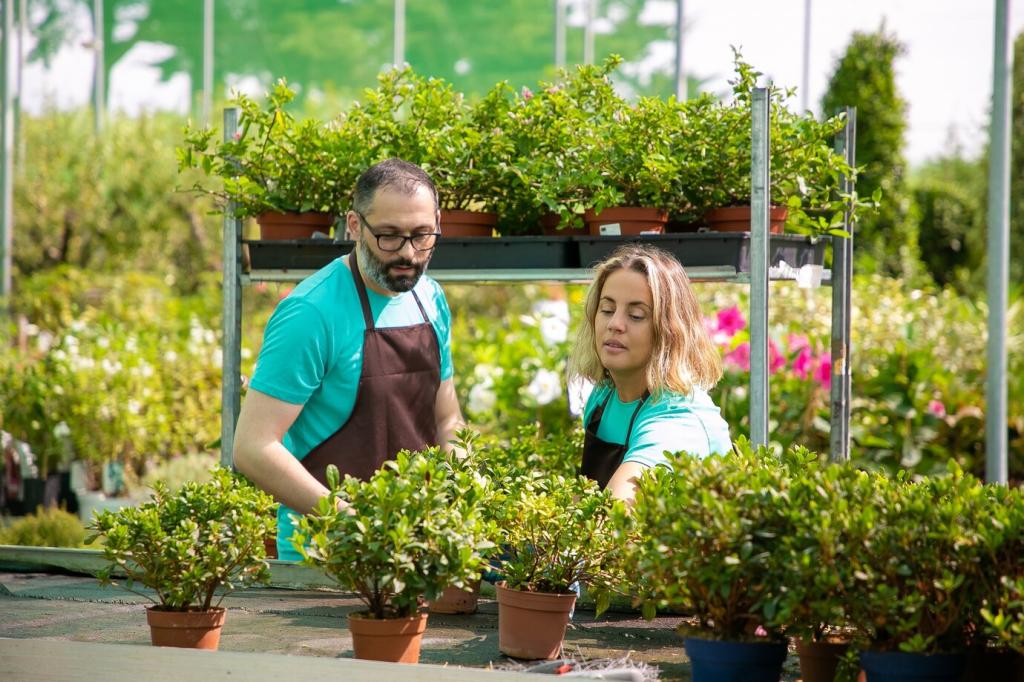
Innovative Additions and Customization
Beyond the essentials, modern vertical gardens can benefit from a range of innovative features that enhance convenience and adaptability. Integrated irrigation systems can automate watering, while smart sensors monitor moisture and nutrient levels, sending alerts directly to your phone. Customizable frames allow for reconfiguration as your garden evolves, accommodating new plants or changing aesthetics. Lighting systems for indoor vertical gardens ensure plants receive ample light regardless of natural sun exposure. By embracing thoughtful additions and customizations, you can create a vertical garden that not only thrives but also adapts seamlessly to your needs and lifestyle.
Watering and Irrigation Solutions
Drip irrigation is one of the most efficient ways to water vertical gardens, delivering a steady supply of water directly to plant roots while reducing runoff and evaporation. Hydroponic systems, which use a water-based solution enriched with nutrients, are particularly popular for indoor vertical gardens and commercial installations. These systems not only conserve water but also provide plants with consistent nourishment, leading to robust growth and higher yields. Implementing drip or hydroponic solutions transforms maintenance into a straightforward process, ensuring even coverage and reducing the risk of over- or under-watering in densely packed arrangements.
Regular pruning is essential to prevent overcrowding and promote vigorous growth in vertical gardens. Removing dead leaves, spent flowers, and excess growth encourages plants to focus energy on new development, resulting in a cleaner, more robust appearance. Grooming also allows for the identification and quick treatment of issues such as pests or fungal infections before they spread. Establishing a consistent maintenance schedule tailored to your plant species ensures that your vertical garden remains aesthetically pleasing and healthy throughout the year. A well-tended garden is not only better for the plants but is also more enjoyable for the gardener.
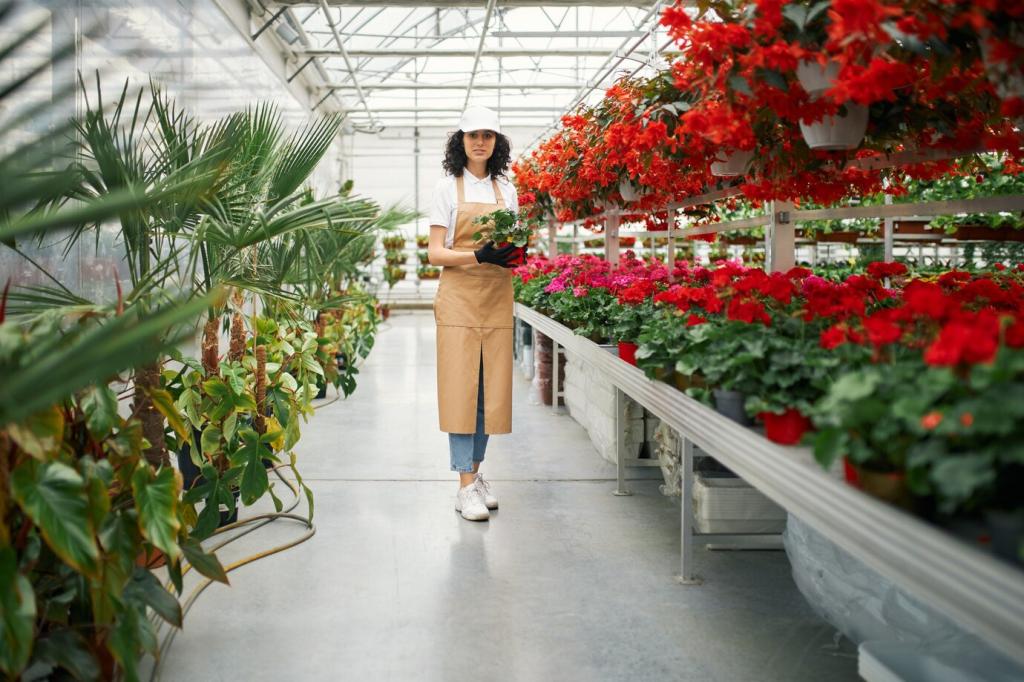
Indoor Vertical Gardens
Maximizing Light for Growth
Light is a determining factor in the success of indoor vertical gardens. South-facing windows, skylights, or glass doors can provide ample natural light for sun-loving species, while shade-tolerant plants do well in lower light conditions. Where sunlight is insufficient, LED grow lights are an excellent solution, providing full-spectrum illumination tailored to plant needs. Placement and duration of light exposure should be carefully planned to mimic natural daylight cycles, supporting healthy photosynthesis and growth. Thoughtful lighting design not only keeps your indoor garden green and lush but also enhances the overall ambiance of your interior space.
Creating a Healthy Indoor Climate
Indoor vertical gardens do more than beautify—they actively contribute to a healthier indoor environment. Plants filter airborne toxins, increase humidity, and reduce dust, improving overall air quality. Choosing plant species well-adapted to indoor conditions, such as pothos, peace lilies, or air plants, ensures long-term vitality with minimal intervention. Using breathable backing materials and ensuring proper water management prevents mold or moisture buildup, safeguarding both plants and indoor structures. By positioning your living wall strategically, you can create natural privacy screens, reduce noise, and promote relaxation and well-being.
Care and Maintenance Indoors
Maintaining an indoor vertical garden requires a blend of attentive observation and tailored care techniques. Regular dusting of plant leaves keeps photosynthetic surfaces clean and efficient, while periodic feeding supports ongoing growth. Indoor temperature and humidity fluctuations should be monitored, as sudden changes can stress plants or attract pests. By integrating automated reminders for watering and feeding, or even sensors that alert you to changing conditions, indoor gardens can be managed with ease. Consistent attention ensures that your living wall remains an enduring source of green inspiration, enriching your interior for years to come.
Outdoor Vertical Gardens
Weatherproofing and Placement
The exposure of outdoor vertical gardens to the elements demands robust weatherproofing strategies. Structures and materials must be selected for durability against rain, wind, sun, and temperature swings. Waterproof backings, rust-resistant fastenings, and UV-protected plastics or treated woods extend the lifespan of the installation. Placement plays a key role: walls that receive optimal sunlight, shade, or wind protection should be matched to the plant species chosen. By carefully situating and building resilient vertical gardens, you ensure their success regardless of changing outdoor conditions.
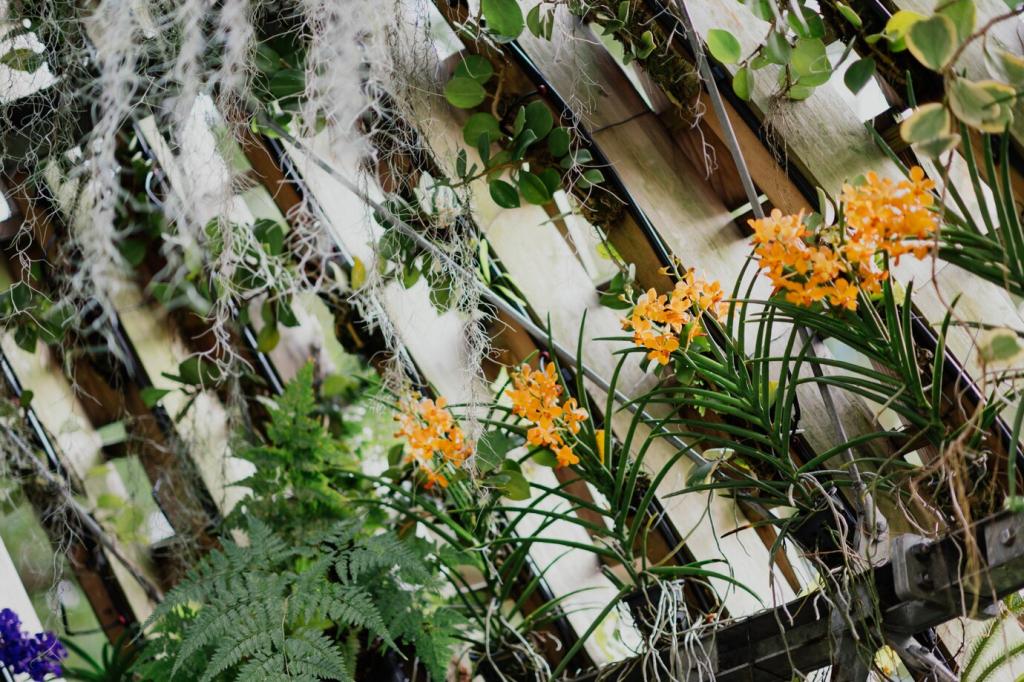
Previous
Next
